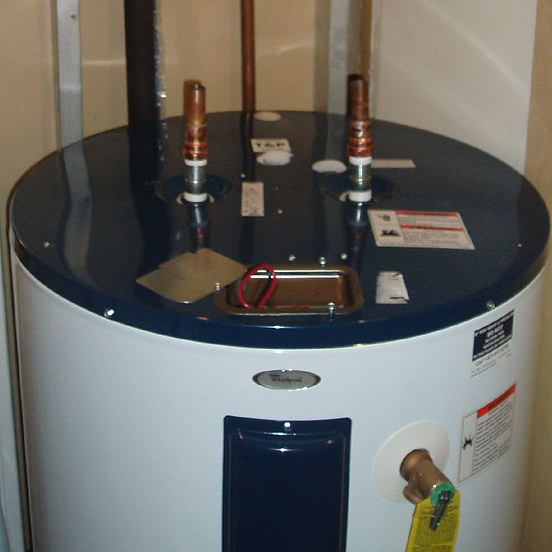Question: My kitchen faucet sprays out the sides and the flow is less than normal. Do I need a new faucet?
Answer: This is a very common complaint, and one that many people unnecessarily call a plumber to repair. While there may be more than one reason the faucet is operating poorly, the most probably cause is sand, calcium or other build-up in he aerator. Simply unscrew it from the faucet head, noting the exact way all the components fit together, rinse or use a soft brush to clean out the material that is blocking normal flow and screw the aerator back on.
Question: My garbage disposer is supposed to handle a variety of table scraps, but very often I have to use a liquid drain unclogger. What’s the problem?
Answer: Although your garbage disposer can grind up many kinds of discarded food items, there are some that will cause clogging because they can’t be liquefied enough to pass through the drain trap and into the main sewer line. Items like chicken skins, carrots, celery and banana peels are too stringy and fibrous for the disposer to handle. Put those items into the garbage instead. To reduce the chance of clogging, run cold water — not hot! — down the drain for about 15 seconds after using the disposer. The run hot water down the drain for a few minutes once a week to help remove any material that may cause a clog.
Question: My water bill has increased but I’m using the same amount of water as always. I can’t hear the toilet running, and I have checked the faucets for leaks, but nothing appears wrong. What now?
Answer: Even though you may not be able to easily detect it, the primary cause of excess water use is a leaky toilet. First, remove the tank top to see if water is flowing into the overflow pipe. If it is, adjust the fill valve to stop the flow approximately one inch below the top of the overflow pipe or to the water level marked on the inside of the tank. If water is not running into the pipe, put a few drops of food coloring into the tank. If the water in the bowl changes color within 15 minutes, the ball or flapper is the problem and must be replaced. If the toilet tank is not leaking, the leak may be in an irrigation valve, the water heater supply line or any number of other hidden or buried lines. If you don’t have the time or inclination to check them all out, call Ed Phillips Plumbing at (979)731-1500
Question: What can I do about the foul odor coming from my garbage disposer?
Answer: Foul odors are usually caused by food debris in the disposer. To eliminate this odor, place ice cubes and lemon or orange peels in the disposer and run for 30 seconds. While it is running, squirt a small amount of liquid dish washing detergent into the disposer, then run cold water for about 30 seconds to rinse the debris away. Repeat the process until there is no odor.
Question: What about a foul odor coming from a floor drain?
Answer: Traps under sinks, drains and other plumbing systems normally hold water to keep sewer odors out of the home. When the drain or fixture isn’t used for a period of time, the water can evaporate, allowing odors to come up through the trap. Simply using the fixture or pouring a bucket of water down the drain will usually get rid of the odor. If it doesn’t you may have an improperly installed or damaged trap and should call Ed Phillips Plumbing at
(979)731-1500 to schedule repair.
Question: When the water heater is operating, I hear a banging, bubbling, rumbling sound. Should I get it checked out?
Answer: What you are hearing is boiling water that is trapped in sediment or a layer of mineral deposits inside the bottom of the water heater tank. Although not a cause for alarm, it means the water heater is not operating efficiently. Per the water heater manufacturer’s instructions, you should drain the tank for 1 hour or so every year, or more often if your water is especially high in iron, calcium or minerals. You drain it by running a hose from the faucet on the bottom front of the tank to a drain or outside the house. Do NOT drain it into a toilet, as the hot water may crack the porcelain. If your water heater is an older model that has not been drained regularly, the buildup of sediment may be too much to drain out, and it will gradually heat less efficiently until it must be replaced. Newer models have a feature that prevents or greatly reduces sediment buildup.


